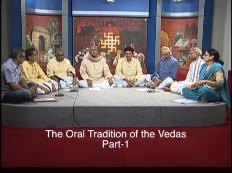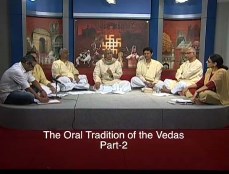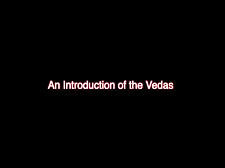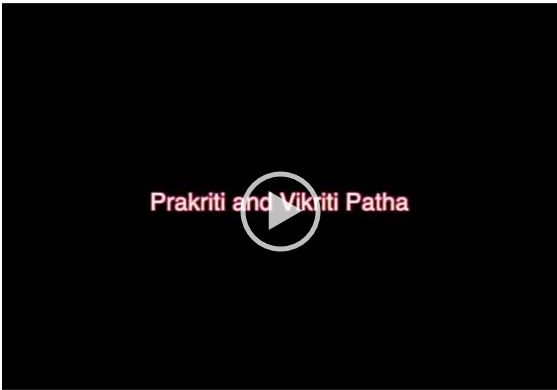Links
- वेद की उपादेयता(ब्रह्मलीन जगद्गुरु शंकराचार्य ज्योतिष्पीठाधीश्वर स्वामी श्रीकृष्णबोधाश्रमजी महराज)
- वेदोऽखिलो धर्ममूलम् (ब्रह्मलीन योगिराज श्रीदेवराहा बाबाजी महराजकी अमृतवाणी) (प्रस्तुति- श्रीमदनजी शर्मा शास्त्री)
- ‘वेद’ शब्द का तात्पर्यार्थ क्या है (शास्त्रार्थ-महारथी (वैकुण्ठवासी) पं॰ श्रीमाधवाचार्यजी शास्त्री)
- वेद और भारतीयता का उपास्य-उपासक एवं मैत्रीभाव (म॰ म॰ पं॰ श्री विश्वनाथजी शास्त्री दातार, न्याय केसरी)
- वेद स्वरूप (डॉ॰ श्रीयुगलकिशोरजी मिश्र)
- वैदिक वाङ्मय का शास्त्रीय स्वरूप (डॉ॰ श्री श्रीकिशोरजी मिश्र)
- वेदों की नित्यता
- वेदों का स्वरूप और पारमार्थिक महत्त्व (प्रो॰ डॉ॰ श्री श्याम शर्माजी वाशिष्ठ)
- वैदिक आख्यान, लक्षण और स्वरूप (डॉ॰ श्री विद्यानिवासजी मिश्र)
- वेद-कथामृत-कुञ्ज (डॉ॰ श्री हृदयरंजनजी शर्मा)
- वैदिक देवता- सत्ता और महत्ता (डॉ॰ श्री राजीवजी प्रचण्डिया)
- वैदिक संस्कृति और सदाचार (डॉ॰ श्री मुंशीरामजी शर्मा)
- वैदिक संहिताओं में मानव-जीवन का प्रशस्त आदर्श
- नारी और वेद (पं॰ श्रीगोपालचन्द्रजी मिश्र)
- वेद में सामाजिक समरसता (विद्यावाचस्पतिः डॉ0 सुन्दरनारायणझाः)
- वेदों में राष्ट्रियता की उदात्त भावना(डॉ॰ श्रीमुरारीलालजी द्विवेदी)<
- वैदिक शिक्षा व्यवस्था एवं उपनयन(श्री श्रीकिशोरजी मिश्र)
- वेद में आध्यात्मिक संदेश(मानस-रत्न संत श्री सीतारामदासजी)>
- वेद और आत्मज्ञान की कुंजी(श्री अभयदेवजी शर्मा)
- Vartikas(Prof. Bhagyalata Pataskar)
- Vedic Religion (Prof. Shashi Tiwari)











